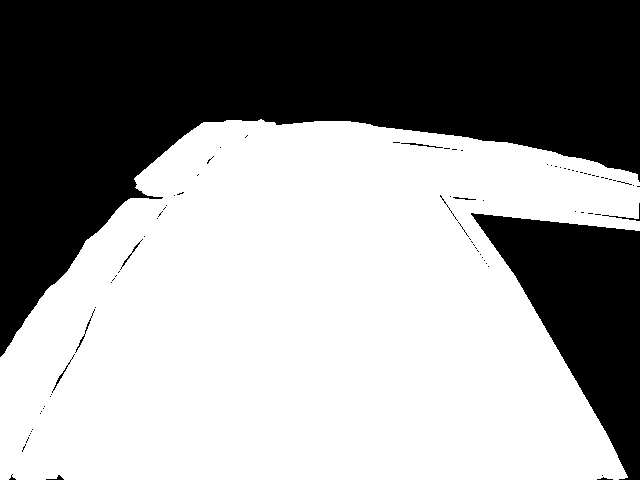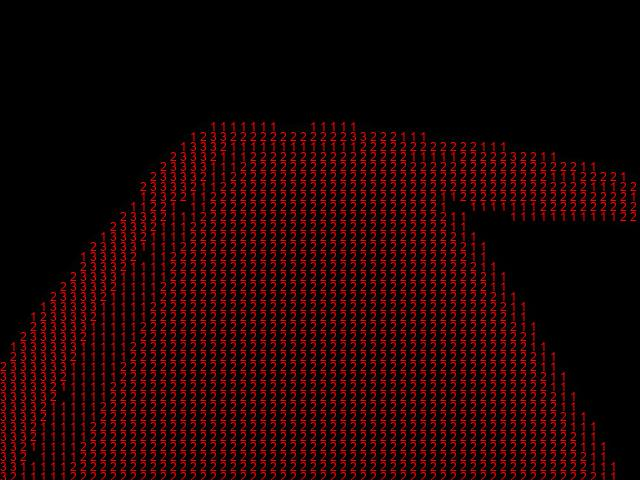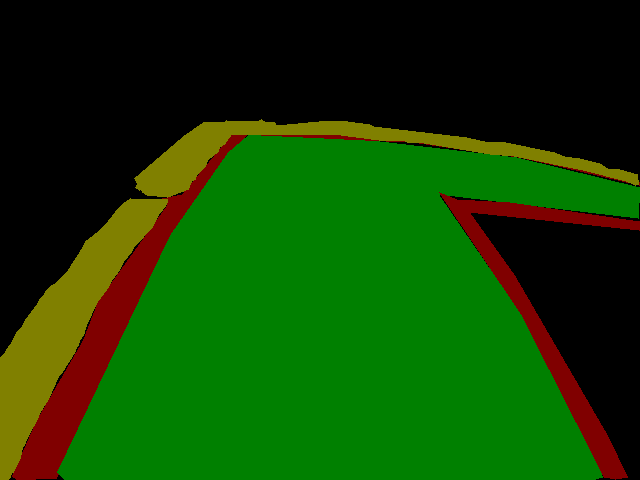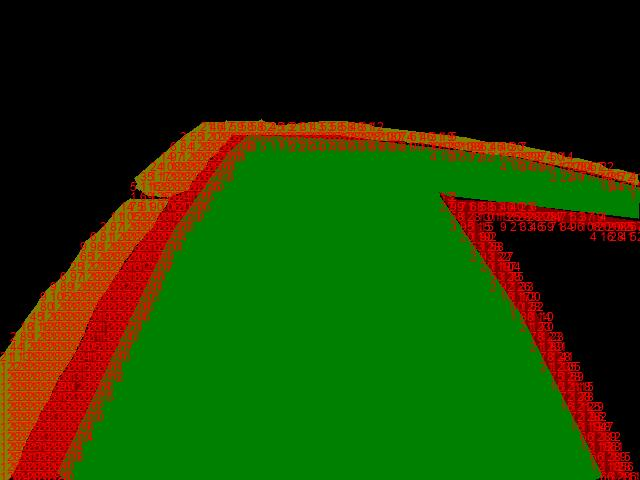一、标定工具
在进行分割任务时,对分割工具进行预研和验证,现在AI辅助标定已经成熟,目标则是利用sam进行辅助标定。调研的三款标定工具情况如下:
- labelme:可以加载sam,但是在进行辅助标定后,对图像质量要求较高,真心不好用。主要体现在辅助标定后,无法调整。
- cvat:本地部署手工标注成功了,但在部署辅助标定时,按照教程各种失败,最后放弃了。从宣传效果上看起来挺好用,尤其团队能工作分工合作。
- x-Anylabeling:部署简单,在Windows有执行程序,当然还支持加载自己的模型(此处需要源码安装)。在加载sam模型后,通过point+/point-等操作能细化调整标定框,真心好用。后续直接用anylabeling进行标注了。
另外在通用检测模型中,尝试了大部分模型有较大优化空间,当然希望集成按照label进行目标标定,而不是点击“run”后所有目标都进行标定。当然自己后续可以通过脚本处理也是没有问题的。
二、标定json文件转化为maskID
在训练时使用的时mmsegmention,模型输入是原始图片和maskID,为此需要将标定后的服务器托管网json文件转化为maskID。anylabeling是参考labelme的输出格式相同,当然在anylabeling中有脚本为:polygon_mask_conversion.py,其中的核心代码为:
def polygon_to_mask(self, img_file, mask_file, json_file):
with open(json_file, 'r') as f:
data = json.load(f)
polygons = []
for shape in data['shapes']:
points = shape['points']
polygon = []
for point in points:
x, y = point
polygon.append((x, y))
polygons.append(polygon)
image_width, image_height = self.get_image_size(img_file)
image_shape = (image_height, image_width)
binary_mask = np.zeros(image_shape, dtype=np.uint8)
for polygon_points in polygons:
np_polygon = np.array(polygon_points, np.int32)
np_polygon = np_polygon.reshape((-1, 1, 2))
#只是将区域内设置为255
cv2.fillPoly(binary_mask, [np_polygon], color=255)
cv2.imwrite(mask_file, binary_mask)
里面只是将poly区域内设置为255,则效果图为:

则不符合要求。
答案代码如下:
def main():
parser = argparse.ArgumentParser(
formatter_class=argparse.ArgumentDefaultsHelpFormatter
)
parser.add_argument("input_dir", help="input annotated directory")
parser.add_argument("output_dir", help="output dataset directory")
args = parser.parse_args()
if not osp.exists(args.output_dir):
os.makedirs(args.output_dir)
file_list = [i for i in os.listdir(args.input_dir) if i.endswith("json")]
for file in file_list:
file_name = os.path.join(args.input_dir, file)
json_data = json.load(open(file_name))
height, width = json_data["imageHeight"], json_data["imageWidth"]
#核心代码是labelme实现的,直接调用即可
lbl, lbl_names = utils.shape.labelme_shapes_to_label([height, width], json_data['shapes'])
out_file = osp.join(args.output_dir, '{}.png'.format(os.path.basename(file)))
lbl_pil = Image.fromarray(lbl.astype(np.uint8), mode="P")
lbl_pil.save(out_file)
# utils.lblsave(out_file, lbl)
print('Saved to: %s' % out_file)
核心代码可以去labelme寻找答案。在保存后,效果图如下:

因为数值是1,2,3所以全是黑色,此时要实现将像素值打印在图片上。
三、像素值打印在图片上
在打印上如果每个像素都打上数字,因为像素位置挨着近,数字小,则无法看出,此时需要进行临近区域处理,具体的代码为:
def check_mask():
parser = argparse.ArgumentParser(
formatter_class=argparse.ArgumentDefaultsHelpFormatter
)
parser.add_argument("input_dir", help="input annotated directory")
args = parser.parse_args()
file_list = [i for i in os.listdir(args.input_dir) if i.endswith("png")]
file_name = os.path.join(args.input_dir, file_list[0])
image = Image.open(file_name)
image = image.convert("RGB")
# 获取图片的像素数据
pixels = list(image.getdata())
# 创建一个可以在图像上绘制文本的对象
draw = ImageDraw.Draw(image)
# 设置字体和字体大小
font = ImageFont.truetype("arial.ttf", size=12) # 这里使用了Arial字体,你可以替换为其他字体
# 设置绘制像素值的间隔(每隔多少个像素绘制一次)
interval = 10
# 合并像素值的范围(以此范围内的像素值取平均值并绘制)
merge_range = 5
# 在图像上绘制像素值
for y in range(image.height):
for x in range(image.width):
if x % interval == 0 and y % interval == 0:
# 计算合并范围内像素的平均值
total= 0
count = 0
for i in range(-merge_range, merge_range + 1):
for j in range(-merge_range, merge_range + 1):
nx, ny = x + i, y + j
if 0 0:
avg = total // count
if avg == 0:
continue
pixel_str = str(avg) # 格式化平均像素值
draw.text((x, y), pixel_str, fill=(255, 0, 0), font=font) # 在图像上绘制文服务器托管网本,使用黑色文本颜色
output_path = "output_image.jpg" # 保存的图片路径
image.save(output_path, "JPEG")
效果图如下:

如此便将像素值打印在图片上了。
四、总结
在maskID中,如果调用
utils.lblsave(out_file, lbl)
里面的核心代码是:
def lblsave(filename, lbl):
import imgviz
if osp.splitext(filename)[1] != ".png":
filename += ".png"
# Assume label ranses [-1, 254] for int32,
# and [0, 255] for uint8 as VOC.
if lbl.min() >= -1 and lbl.max() 其结果为:

此时将像素打印在图片上结果是:

服务器托管,北京服务器托管,服务器租用 http://www.fwqtg.net
机房租用,北京机房租用,IDC机房托管, http://www.fwqtg.net
相关推荐: Kubernetes(k8s)服务账号Service Accounts
目录 一.系统环境 二.前言 三.服务账号Service Accounts简介 四.用户账号与服务账号区别 五.服务账号(Service Accounts) 5.1 创建服务账号(Service Accounts) 5.2 对服务账号(Service Acco…

